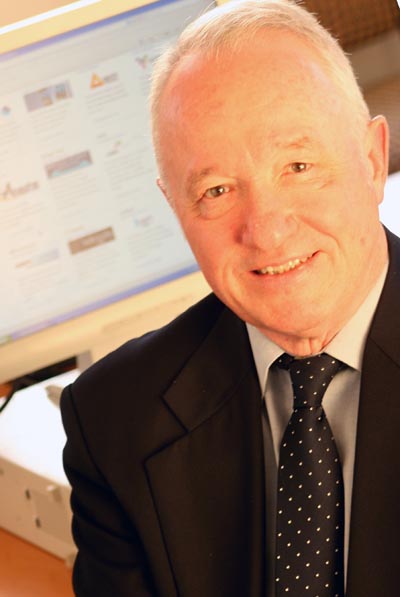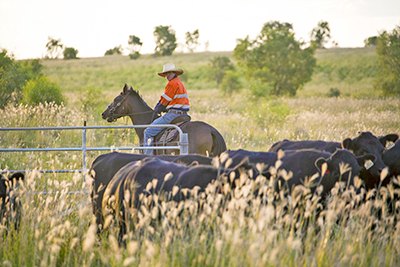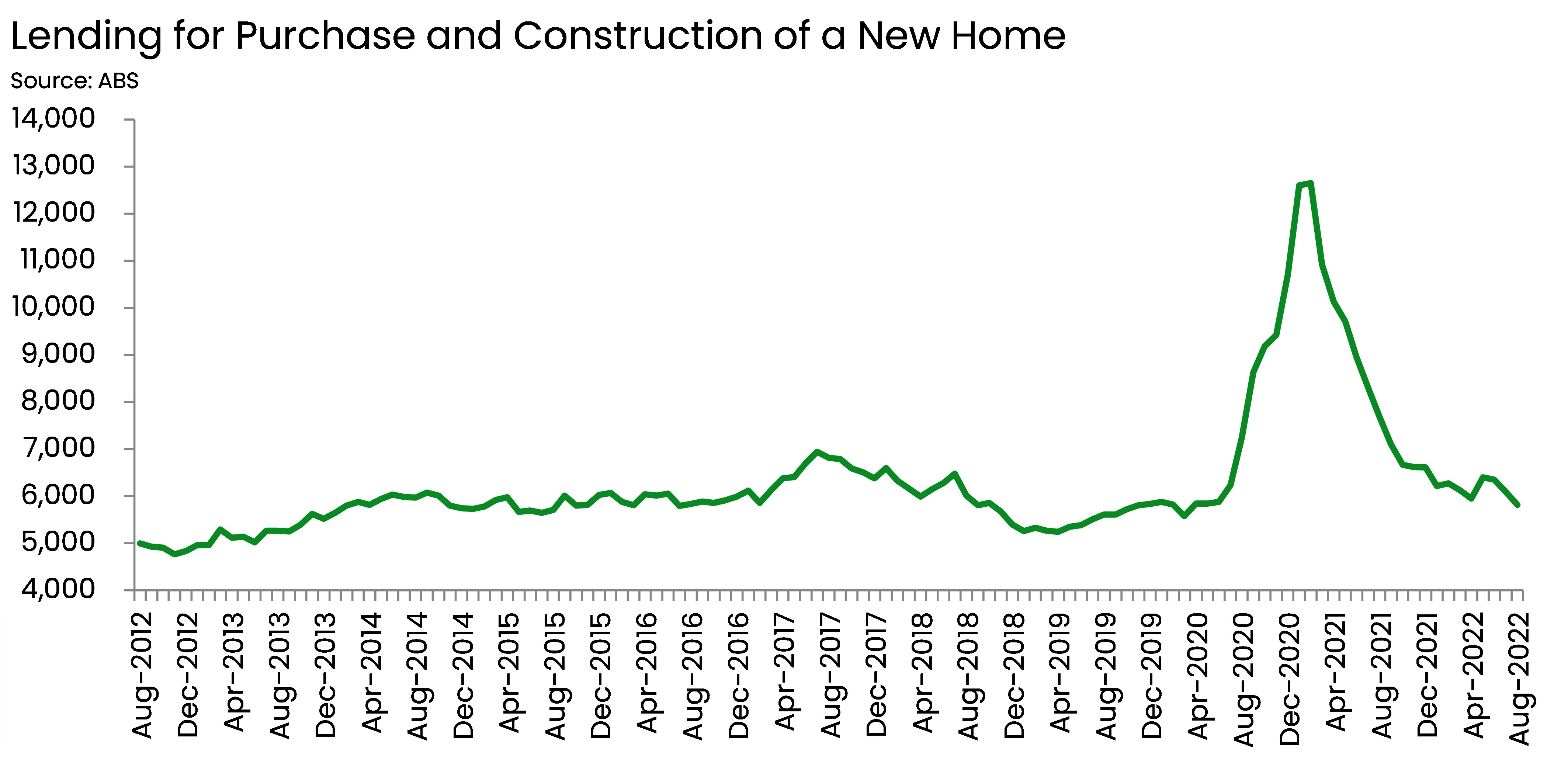By John Sheridan, Digital Business insights >>
THE HUNTER REGION is the most economically complex and diversified region in Australia outside of the capital cities, with deep experience and resilience generated from reinvention and rebuilding after the closure of the Newcastle steelworks in 1999.
The industries and organisations in the Hunter share similar networks, experiences and needs as other industries and organisations in regions across Australia – in agriculture, manufacturing, defence, energy, mining, climate action, investment and tourism.
So, using a strategy of ‘deliver local–share national’ the Hunter region has developed a most efficient way to target, encourage and build capability across the whole nation. [The Hunter region is now featured on, and utilising, the RED Toolbox to both stimulate and cement its drive for sustainable economic and community development.] 
Deliver locally – share strategically
The [Regional Economic Development] RED Toolbox provides a showcase of 5,000-plus organisations in key productive industries, with export showcases for markets overseas, with groups allowing industry networks, associations, councils and hubs to collaborate and share.
Easy to join. Easy to use. And easy to add new organisations to the platform.
Organisations manage their own listings. But can connect to others across multiple dimensions. Joined up thinking. Joined up action.
Joined up thinking is an attitude as well as a network function. Our brains do it. It is the interconnection of 86 billion neurons that give us insight and intelligence.
But there is no point connecting billions of devices and networks across Australia unless we also connect the knowledge in the heads of all Australians.
We need more than just information networks, we need knowledge networks, and that means sharing, between silos, between networks, between clusters, between sectors, between regions, connecting the obvious and the less obvious. Holistic.
Knowledge networks mean vision, direction and aggregation of information for purpose – to address the wide range of wicked problems we face.
We need to align our thinking with the possibility of a holistic framework. Recognise what collaboration and sharing ideas might deliver.
Australia is big country with a small population. Concentrated in the capital cities. We need to collaborate and share across the whole country, all regions and industries.
Ultimately, competition with the world offers a lot more value than competition between ourselves.
RED Toolbox to host national events
From November, the platform will host a national events program – covering innovation, export, cybersecurity, climate action, followed by tourism, future of work, investment and more.
Events will be delivered into the Hunter region in NSW and then shared with all other regions, councils and high schools across Australia.
In a digital age where everybody and every device is or could be connected, we haven’t really leveraged that connected opportunity to its maximum potential.
We have amazing mineral resources. And we have amazing intellectual resources in the CSIRO, research-based universities and innovative small businesses across the country.
If we could just channel those resources with strategic focus, we could move Australia into a position of leadership and example, and solve many of the wicked problems we face today.
Climate change, biodiversity loss, poverty, obesity, food insecurity, war, corruption, extremism, energy, water, inequality, health and livelihood, and digital disruption to name a few.
It’s time to use the collective potential we have in our resources – mineral and intellectual – in a smart, collaborative manner, leveraging digital technology in a way that supports our regions, councils, industries, students, schools, states and territories in innovation, investment, export, climate action and managing the future of work and jobs.
It’s time to leverage the benefits of collaboration, connection and networking, and the digital revolution presents the tools to do just that.
Throughout history, individuals have changed the world … again and again. And individuals working collaboratively have then created permanent and positive changes.
Australia is full of well-motivated people trying to do the best they can in their businesses, their industries, councils, associations, universities, regions and states.
All of us can only do so much on our own. But we can magnify those efforts through collaboration, networking, partnership and support.
Minerals plus brains plus collaboration plus sharing can lead to new connections, solutions, products, services, jobs and opportunities.
The keys to managing Australia’s future success
Already, there are interesting developments arising from the launch of the new RED Toolbox, with states and regions responding from different perspectives – focused on export, cybersecurity, robotics, security and defence, METS and mining and geotourism.
Guided tours of the platform seem to work best – Zoom, Webex, Teams.
People then realise that what seems to be a ‘website’ is in fact a platform with a lot more functionality than expected. And RED Toolbox is customised to our regions, sectors and interests, not anybody else’s.
If anyone would like a ‘guided tour’ of the RED Toolbox to see how it could help their region, network, sector or cluster, just let me know. 
www.redtoolbox.org
About the author
John Sheridan is the CEO at Digital Business insights, the company behind the creation of the Regional Economic Development (RED) Toolbox. The RED Toolbox has been steadily developed over the past 10 years to provide a collaboration platform for Australian economic development, including a range of showcases that promote national and international trade opportunities and connections.
ends


 How to resolve AdBlock issue?
How to resolve AdBlock issue? 






